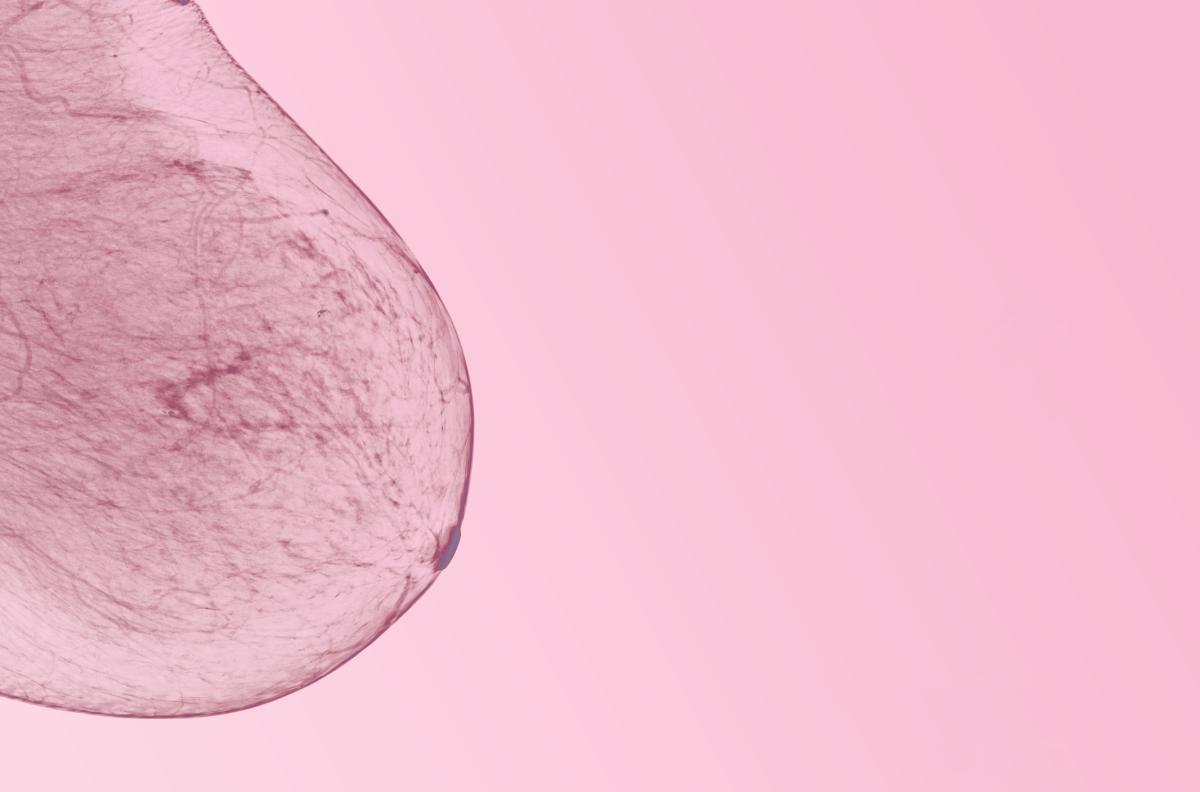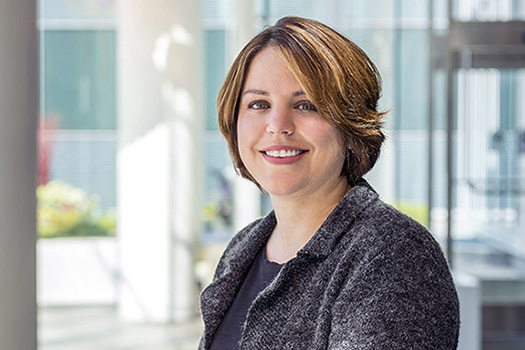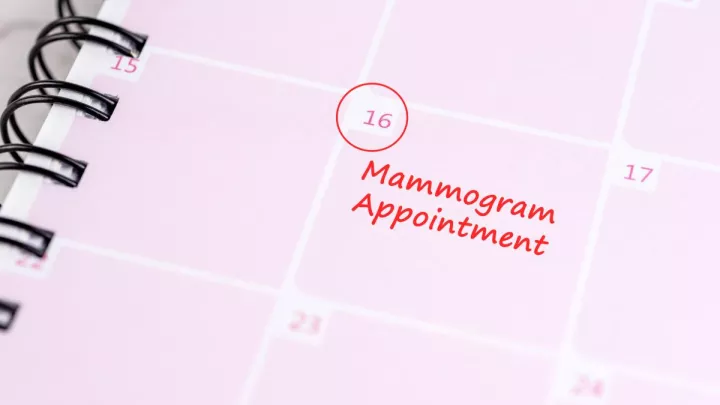A journey of hope and healing


Jill Huff can’t stress enough the importance of self checks, yearly wellness visits, and following your intuition. Two years ago while working outside, Huff reached over to adjust her tank top and felt a small lump in her armpit about the size of a marble.
To schedule a mammogram at one of our convenient locations, call 402.559.5600 or visit NebraskaMed.com/Mammo.
She wanted to dismiss it and pretend it was nothing. But something told her she should have it checked out. Thinking it was probably an infection or cyst, Huff made an appointment with her doctor. After a mammogram and ultrasound, Huff received the startling news... she had breast cancer.

Her doctor explained that a total mastectomy was the best option because the cancer was diffused throughout her left breast.
Huff, who was just 36 years old, opted for a double mastectomy. “I didn’t want to risk having to have another surgery someday down the road,” says Huff. “A double mastectomy greatly reduces the risk that I would have to go through that again.”
Following surgery, Huff underwent radiation therapy at the Nebraska Medical Center where she was able to receive treatment from an advanced type of radiation therapy that precisely tracks body position and breathing during treatment. Its capabilities allowed doctors to reduce radiation to her heart and other healthy tissues while increasing dose coverage to targeted areas.
"In Jill’s case, this was very important since she had left sided breast cancer,” says Andrew Wahl, MD, Nebraska Medicine radiation oncologist. “As a result of this technology, Jill’s risk of having future side effects to the heart is much lower today than it would have been 10 or 20 years ago.”
New radiation technology also reduces skin redness typically associated with radiation therapy.

The next step in Huff’s journey was breast reconstruction. Since she had undergone radiation, her doctor referred her to Shannon Wong, MD, Nebraska Medicine plastic and reconstructive surgeon, to discuss an advanced breast reconstructive procedure called deep inferior epigastric perforator (DIEP) flap.
“The procedure is a good option for patients who have had radiation as DIEP flap allows the surgeon to replace radiated tissue with healthy, abdominal tissue in place of implants, which would be more prone to complications,” notes Dr. Wong.
DIEP flap also involves a technique in which the surgeon carefully reattaches the blood vessels of the flap to blood vessels in the chest. This provides a more natural feeling breast and tends to age the same way as a natural breast, says Dr. Wong.
“It was the closest thing to natural I could get,” says Huff. Now, more than two years after her initial diagnosis, Huff is grateful for the care she received at Nebraska Medical Center and is looking forward to a bright future with her six-year-old daughter, Kylar.
Huff’s message to other women: “Early detection is the best thing we’ve got. If you feel something that’s not right, get it checked out.”





